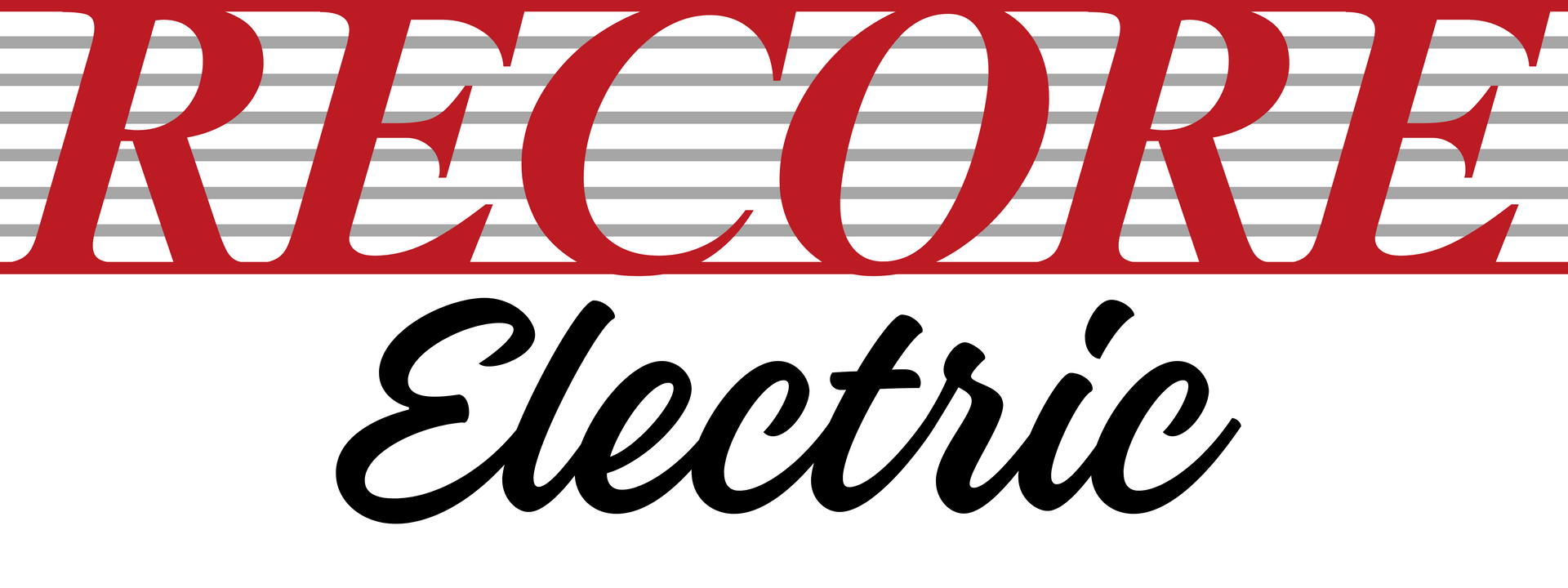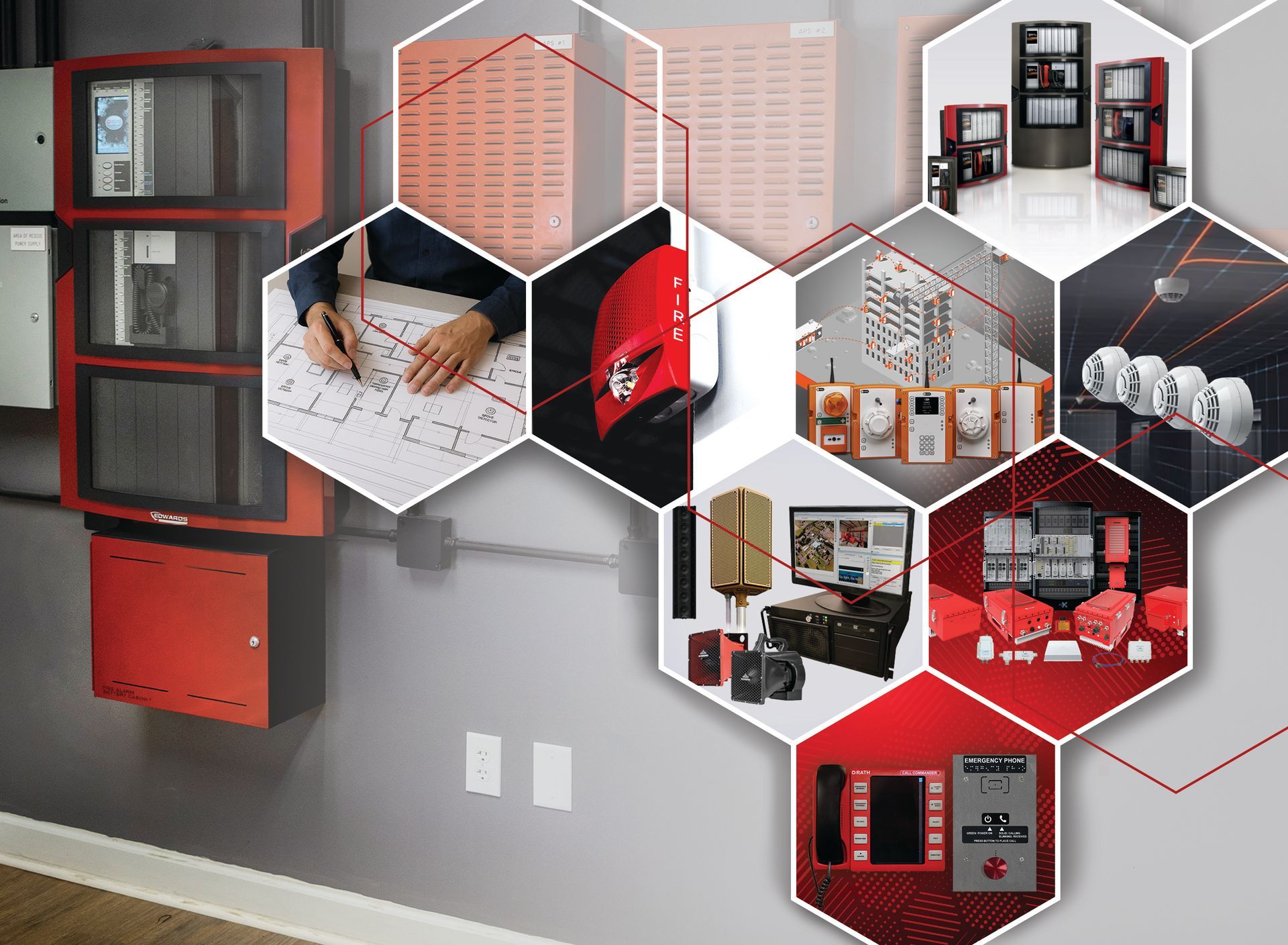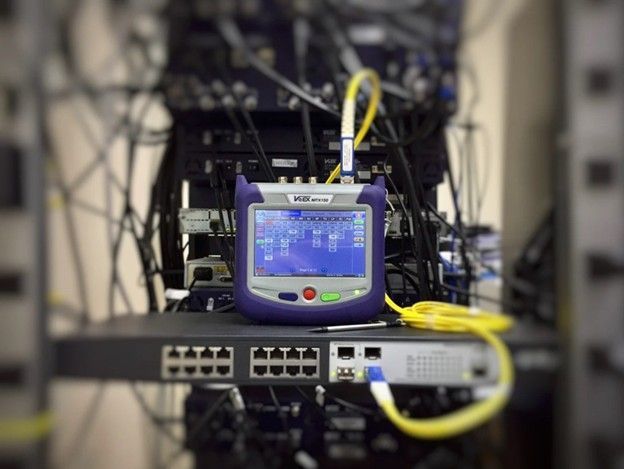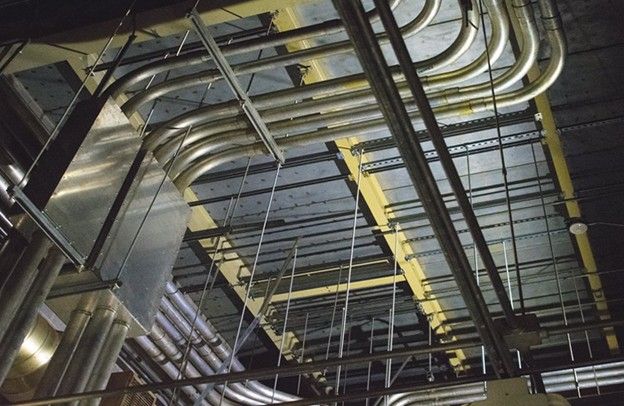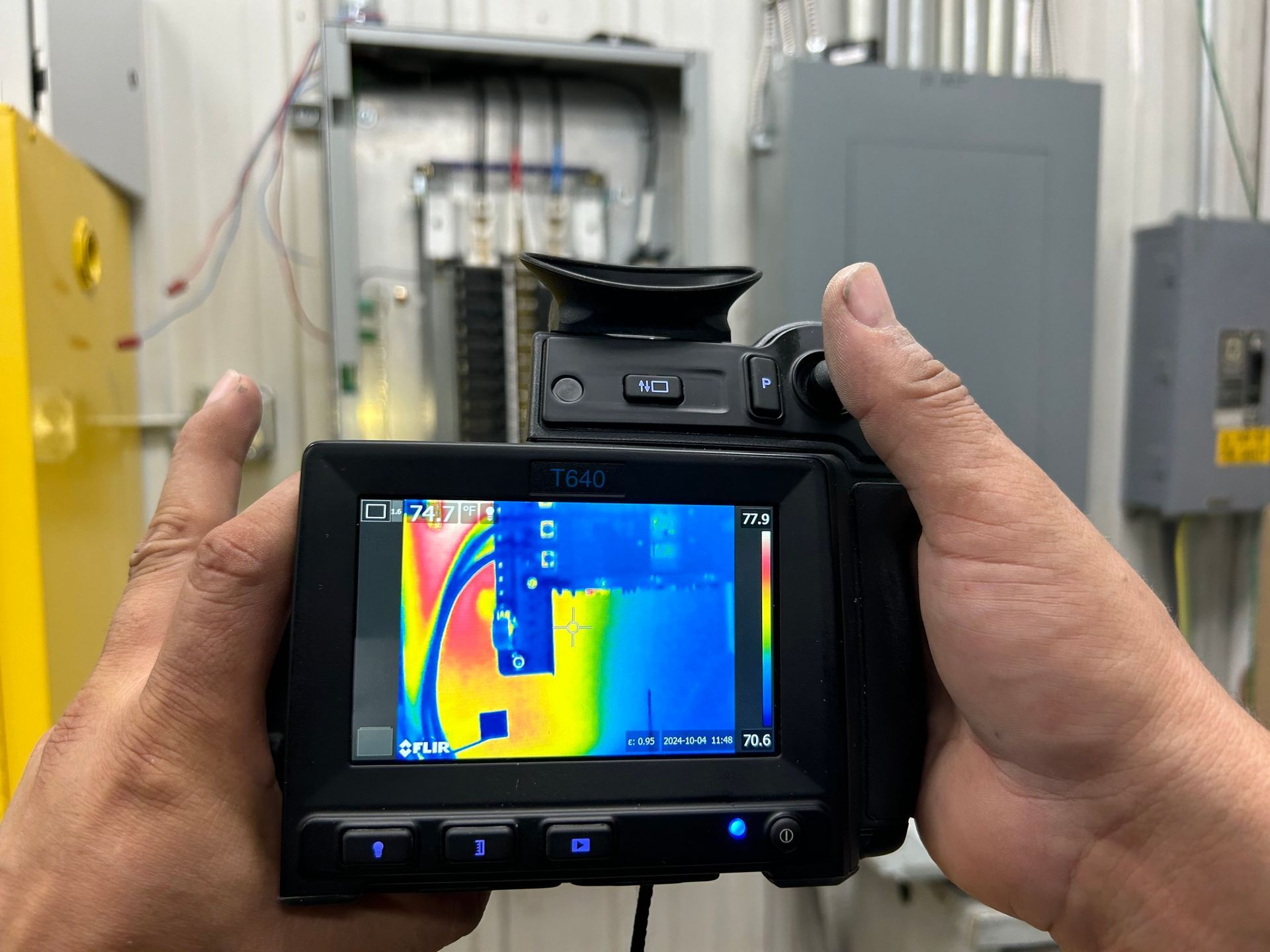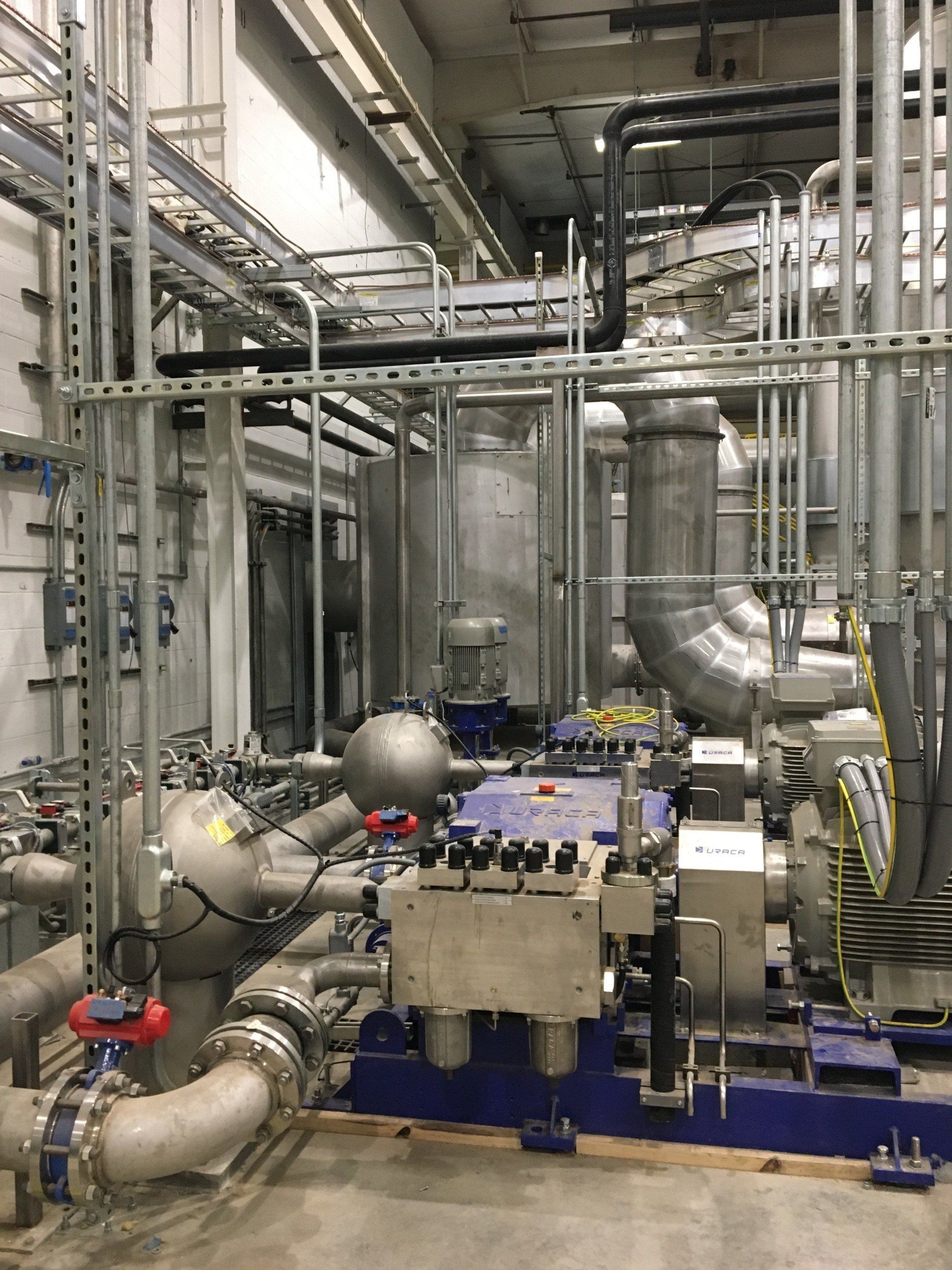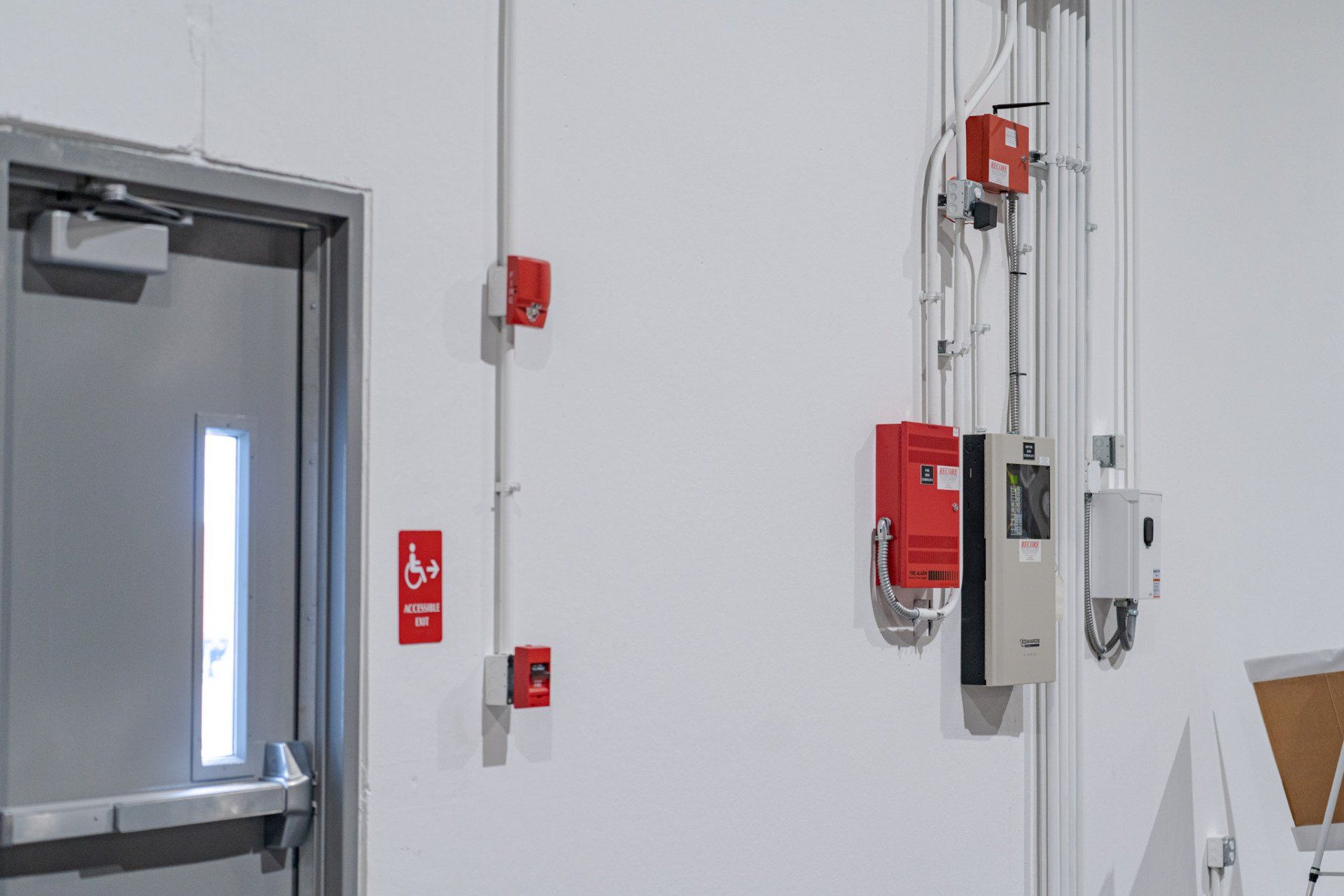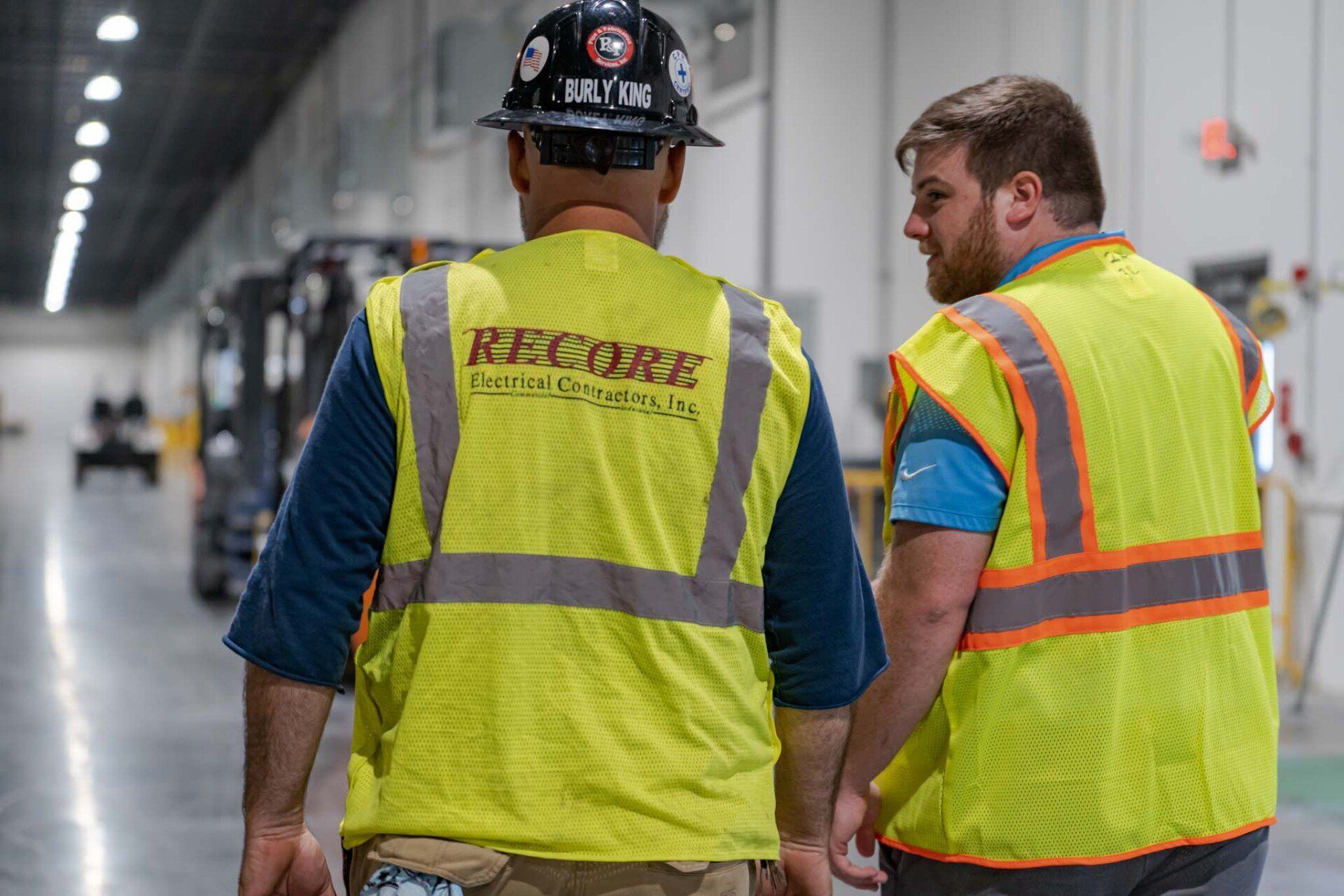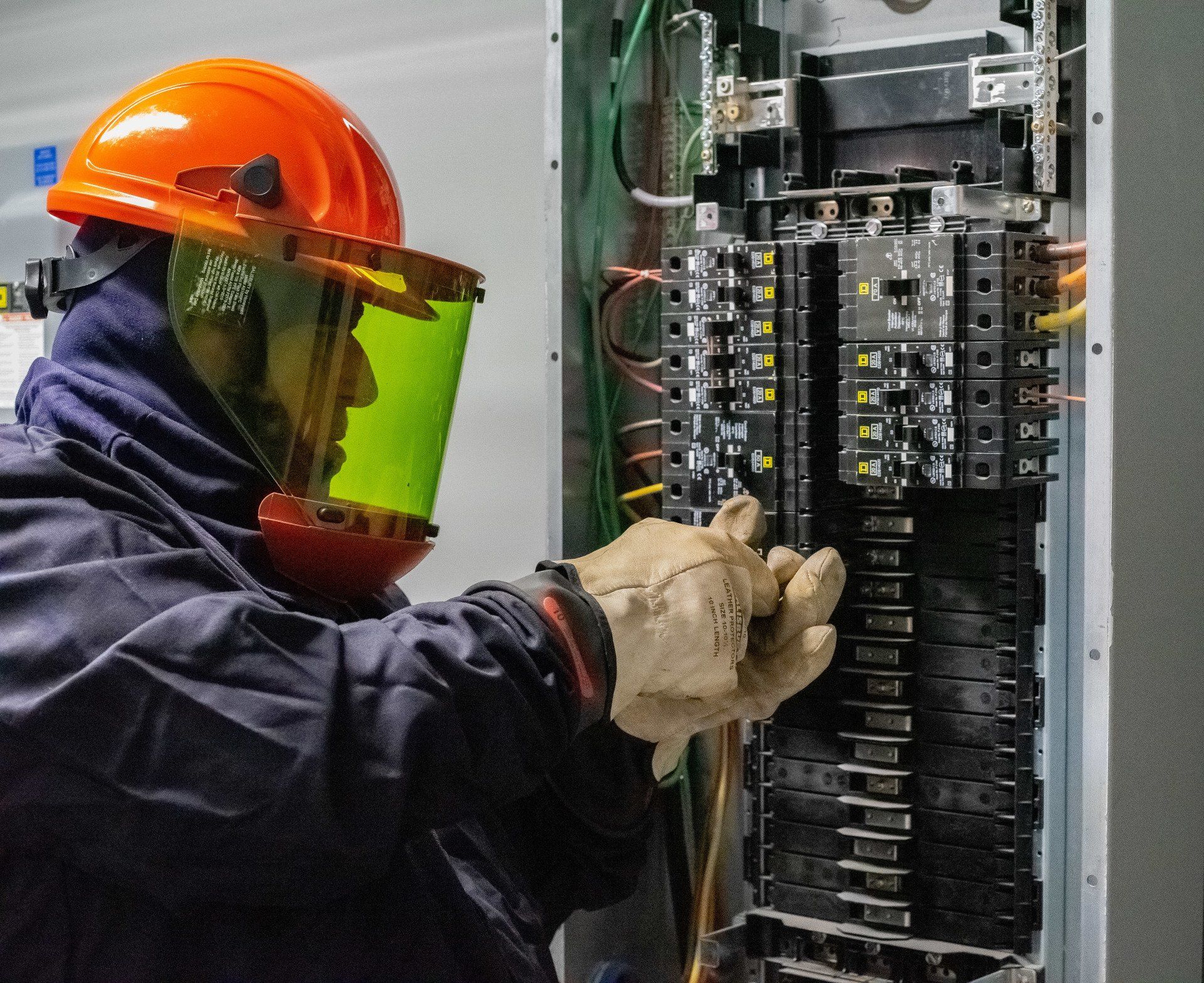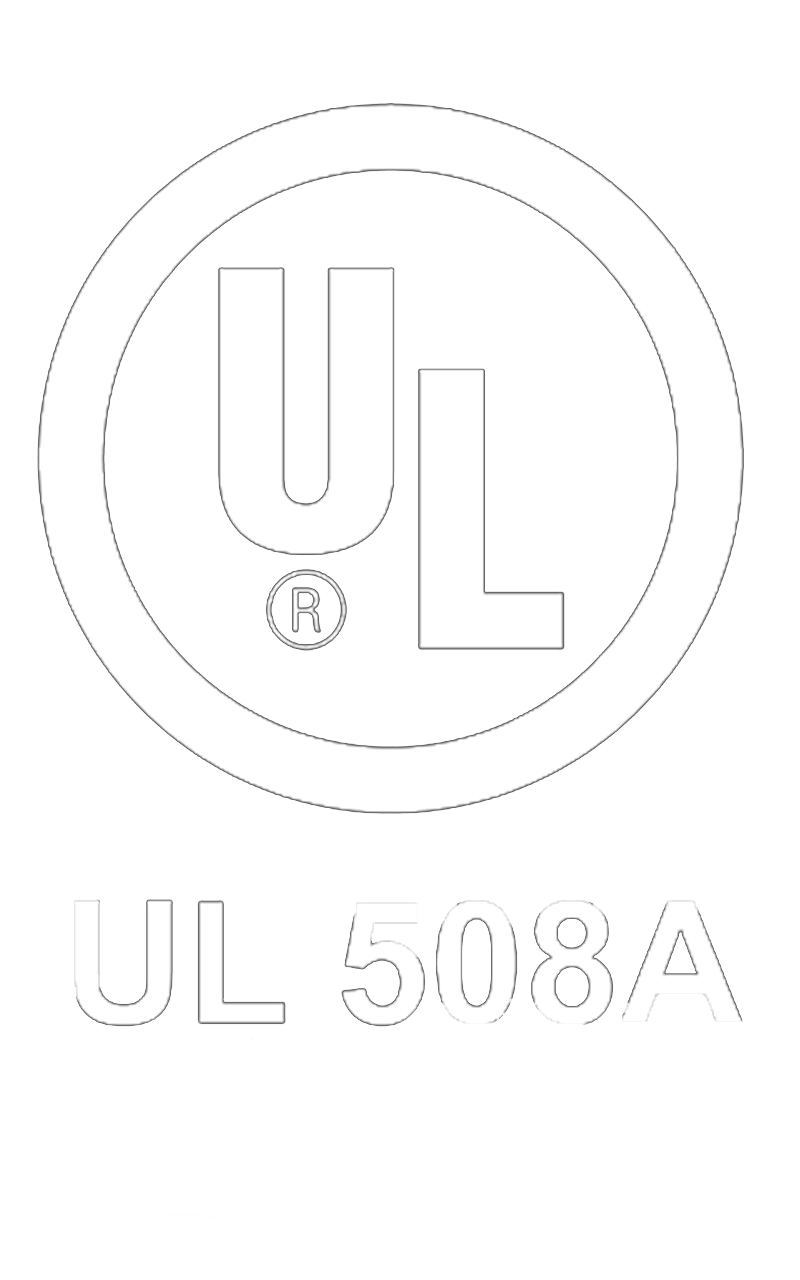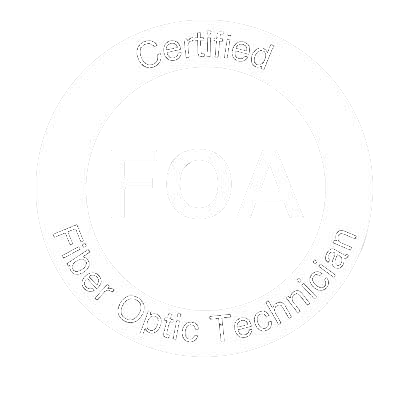Safety Regulatory Requirements for Industrial Electrical Contracting
In industrial environments, electrical work is the backbone of reliable operations and the front line of safety. Meeting the baseline code is essential, yet the most dependable plants do more. They build processes and culture that consistently exceed the Safety Regulatory Requirements for Industrial Electrical Contracting. This mindset reduces incidents, compresses outage durations, protects equipment, and keeps projects on schedule without compromising worker safety.
Recore’s approach is simple. Treat NFPA, NEC, OSHA, and local Authority Having Jurisdiction requirements as the foundation, then layer in risk-based engineering, rigorous quality control, and repeatable field practices that go beyond the minimum. The result is a safer, more resilient electrical infrastructure that stands up to the realities of production pressures, environmental conditions, and change over time.
Know the Frameworks: NFPA, NEC, OSHA, and the AHJ
Exceeding expectations starts with understanding the landscape.
- NFPA and NEC. NFPA 70, better known as the National Electrical Code, sets the minimum standard for safe electrical design and installation in the United States. NFPA 70E outlines electrical safety in the workplace practices, including arc flash risk assessment, boundaries, and PPE selection.
- OSHA. OSHA regulations enforce safe work practices for general industry and construction. Electrical safety requirements live primarily in 29 CFR 1910 Subpart S for general industry and 29 CFR 1926 Subpart K for construction.
- Local codes and the AHJ. Cities, counties, and states often adopt the NEC with amendments. The AHJ interprets and enforces these rules on the ground. Planning for jurisdictional nuances early avoids rework during inspection and commissioning.
These documents define compliance. Exceeding them means integrating their intent into every phase of the project and closing the gaps that real work conditions can expose.
The Recore Standard: Beyond Compliance by Design
The best time to manage risk is before any conduit is run. Exceeding the Safety Regulatory Requirements for Industrial Electrical Contracting begins with design discipline.
- Risk based design reviews
Perform structured hazard identification at each design milestone. Go beyond a code checklist. Challenge working clearances under real maintenance scenarios. Validate equipment locations for heat, dust, moisture, and corrosives. Confirm that egress paths remain clear once skid modules, cable trays, and process piping are fully modeled. - Selective coordination with a protection margin
NEC requires overcurrent protection and coordination. Exceed it by building in time-current margin so that upstream breakers remain stable across realistic fault scenarios. Model motor inrush, transformer energization, and utility flicker to avoid nuisance operations that can trip a line or halt a process. - Arc flash reduction at the source
Apply NFPA 70E methods early. Favor switchgear with arc resistant features, high speed tripping, and maintenance settings. Specify remote racking and switching where practical. Design for maintenance with isolation points and visible disconnects that make lockout tagout faster and more reliable. - Grounding and bonding that anticipates aging
NEC grounding is a starting point. In industrial facilities with vibration and chemical exposure, connections loosen and corrode. Choose mechanical connectors and bonding jumpers rated for the environment. Provide test points so integrity can be verified on a routine schedule without invasive work. - Hazardous locations with lifecycle clarity
For Class and Division or Zone rated areas, design not only for installation but also for inspection and cleaning. Ensure fittings, seals, and cable types are accessible and labeled for long term maintenance.
Construction Excellence: Make the Field Safer and Faster
Installation is where design intent meets reality. Small choices here determine whether a system performs as drawn and how safely technicians can maintain it later.
- Pre task planning and job safety analysis
Every shift starts with a JSA that identifies live energy sources, nearby trades, and environmental factors like heat and moisture. Supervisors verify permits, LOTO status, and energized work approvals before tools come out. - Cable management and segregation
Keep conductors grouped and routed for minimal thermal stress and easy troubleshooting. Separate control from power. Maintain signal integrity by respecting shield terminations and avoiding parallel runs with high harmonic sources. - Terminations with repeatable quality
Use calibrated tools, batch controlled lugs, and documented torque values. Require a second person verification on critical terminations such as utility tie breakers, generator output lugs, and MCC mains. - Labeling and as built discipline
NEC requires identification. Exceed it by using durable, standardized labels for equipment, circuits, arc flash boundaries, and isolation points. Capture redlines daily and update digital as builts at defined milestones. Doing so helps maintenance teams work safely years later. - Temporary power that meets permanent expectations
Temporary installations often present the highest risk. Apply the same GFCI protection, grounding, and load management rules to temp power that you would require on the permanent system. Inspect it frequently since site conditions change daily.
Commissioning and Verification: Prove It Works and Prove It Is Safe
Commissioning is the last chance to catch issues before production. Treat safety verification as part of the performance test.
- Documented test plans
Link every test back to a code or standard. Verify insulation resistance, phase rotation, protective device settings, ground resistance, and functional interlocks. Include acceptance criteria and signoffs for each step. - Protection system validation
Secondary injection and relay testing confirm that protective devices will operate as modeled. Validate selective coordination assumptions by reviewing settings against time current curves and recording any field adjustments. - Arc flash labels and boundaries
Ensure arc flash studies reflect the as built condition. Apply labels with incident energy values, working distances, and PPE categories that align with NFPA 70E. Train the maintenance team on boundaries and barricading before turnover. - Emergency power system drills
Perform black start and transfer tests with operations present. Confirm that emergency lighting, egress routes, and communications remain functional during transitions.
Operations, Training, and Maintenance
Exceeding the Safety Regulatory Requirements for Industrial Electrical Contracting does not end at substantial completion. It becomes part of daily operations.
- LOTO mastery
Standardize lockout devices, tags, and procedures across the site. Train craft and supervisors on complex isolations for MCC buckets, variable frequency drives, and double ended switchgear. Conduct periodic audits to confirm real world adherence. - PPE and tooling program
Maintain an inventory of arc rated clothing, insulated tools, voltage rated gloves, and face shields. Track inspection dates, test intervals, and replacements. Position PPE at points of use so technicians do not improvise. - Thermography and condition based maintenance
Schedule infrared scans during representative load conditions. Trend results over time and integrate findings into work orders. Combine thermography with ultrasonic and partial discharge testing in medium voltage systems to catch emerging issues early. - Documentation that guides action
Keep one source of truth for single line diagrams, panel schedules, and relay settings. Control revisions with formal approvals. Make this information accessible at the equipment and within the CMMS. Good documentation shortens outages and reduces error rates. - Refresher training tied to incidents and change
Use near misses, breaker mis operations, or nuisance trips as triggers for focused training. If the utility feed or process load changes, update the arc flash study, labels, and operating procedures.
Culture and Continuous Improvement: How Recore Stays Ahead
Exceeding requirements is a habit, not a slogan. Recore reinforces it with a few non negotiables.
- Plan work with the end user in mind
Operations and maintenance leaders help set acceptance criteria and participate in commissioning. Their involvement ensures designs that work in real conditions and procedures that are followed after turnover. - Measure what matters
Track leading indicators like JSAs completed on time, percentage of torque checks verified, redlines closed each week, and training completion rates. Use lagging indicators such as arc flash label updates or breaker setting changes to confirm the system remains aligned with the current operating profile. - Close the loop with lessons learned
Capture what worked and what did not on every shutdown or capital project. Feed those findings into the next design standard, construction checklist, and commissioning procedure. - Select partners who share the standard
From PPE suppliers to testing firms, align with partners who value safety and quality over speed alone. Require certifications, proof of calibration, and evidence of robust internal QA programs.
Practical Ways Owners Can Verify a Contractor Is Meeting Requirements
Owners and EPCs can quickly assess whether an electrical contractor is committed to more than minimum code compliance.
- Ask for design stage risk assessments and selective coordination studies with margin.
- Review a sample of JSAs, LOTO procedures, and commissioning test sheets for specificity and signoffs.
- Confirm that arc flash labels align with a current, site specific study and that maintenance staff have been trained on boundaries and PPE.
- Inspect labeling quality, visibility of isolation points, and the accuracy of as built drawings.
- Request evidence of calibrated tools and test equipment.
- Verify that temporary power is treated with the same rigor as permanent systems.
Why Exceeding the Code Pays Back
Going beyond the baseline Safety Regulatory Requirements for Industrial Electrical Contracting delivers tangible results. Plants experience fewer shock and arc flash exposures, lower unplanned outage time, and longer equipment life. Insurance carriers recognize strong programs. Inspections go faster. Most important, teams go home safe after every shift.
At Recore, this is the standard. We design, install, and commission with the next maintenance task in mind. We treat documentation as a safety tool. We measure the right things and improve them cycle after cycle. That is how you exceed NFPA, NEC, and local regulations in a way that helps production, not just compliance.

